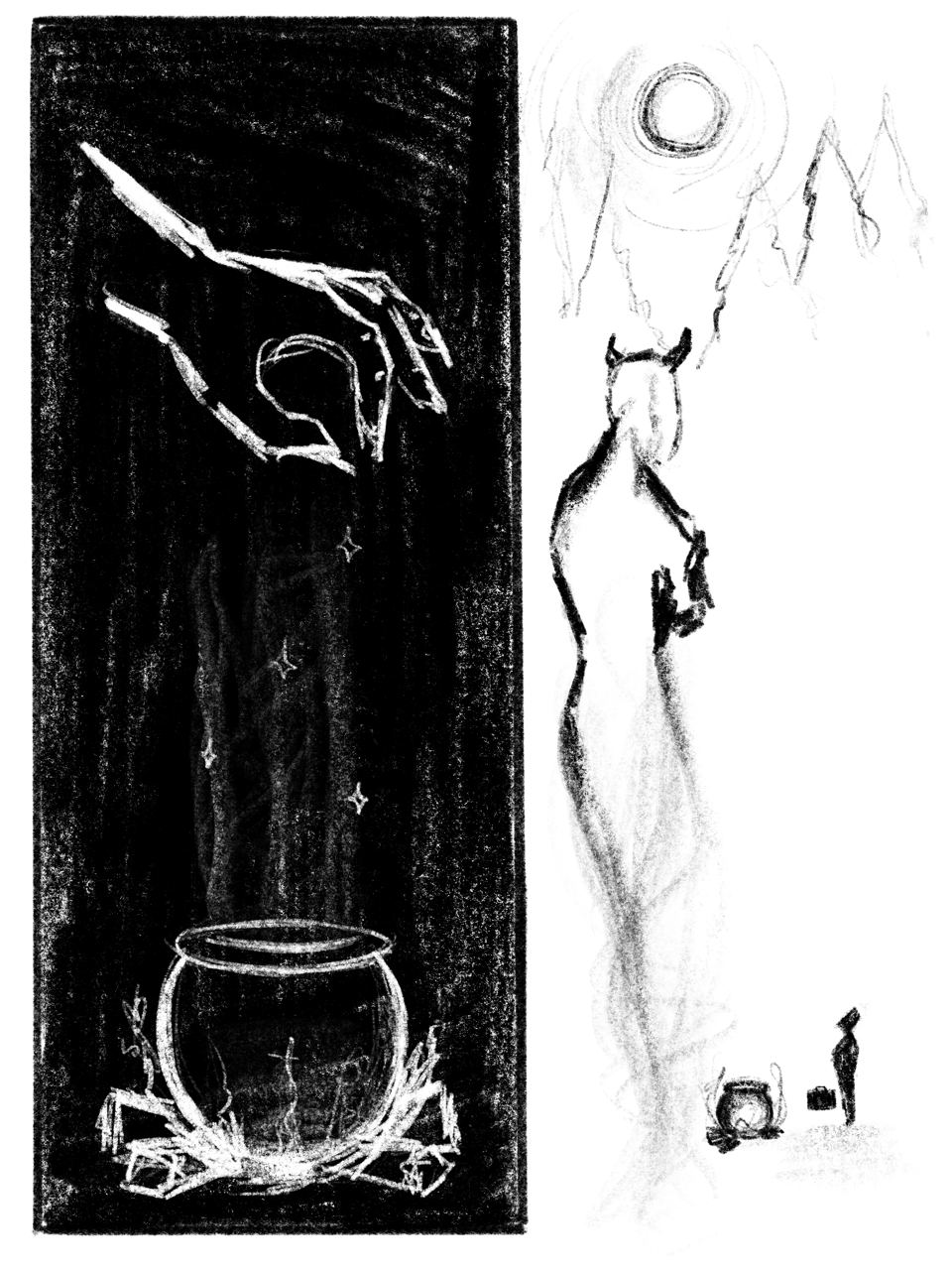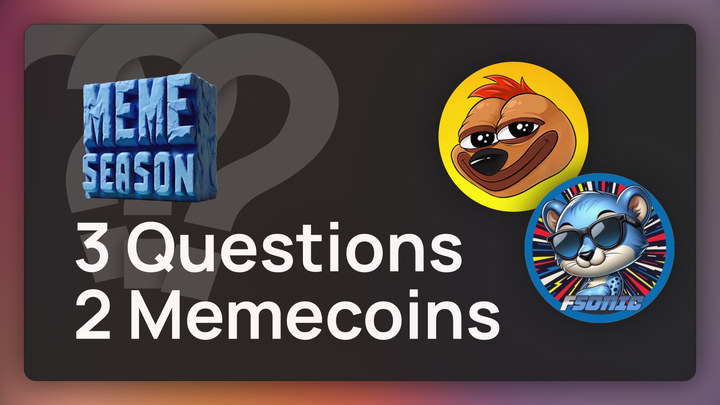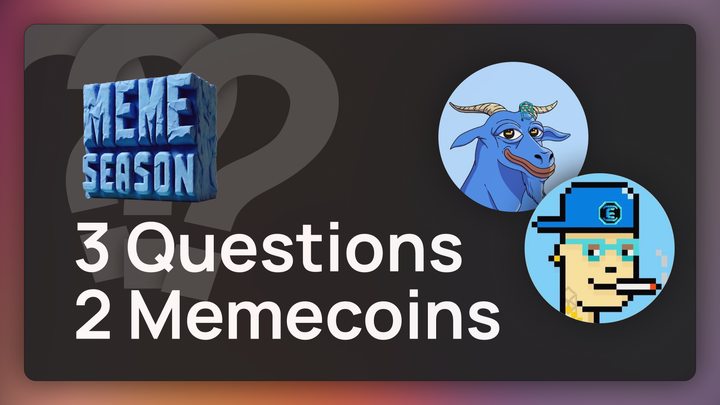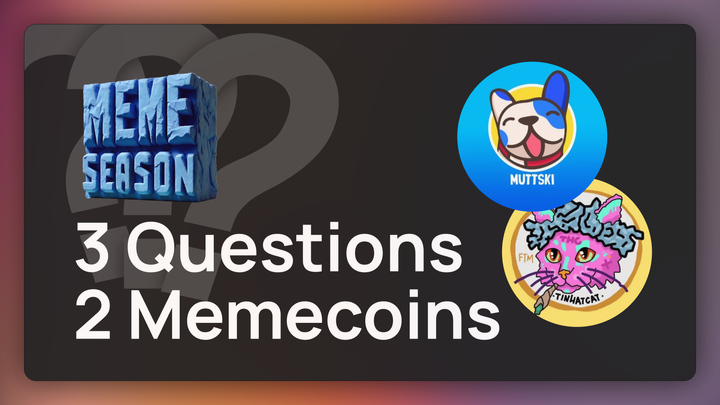Fantom NFT Artist Spotlight – Funeral

In this first installment of our spotlight on Fantom NFT artists, we’re proud to feature Funeral, the mastermind behind NFT collections like Pop Skullys and the art collective the Cult.
How do we describe Funeral? Here’s an old soul who remembers what MySpace was and who is now pushing the boundaries of creator culture with edgy generative collections and inspired 1:1s. He is also working on an incredible virtual gallery that quite possibly will change the ways owners and enthusiasts curate collections and share their favorite NFTs.
1. How did you get into NFTs?
I was running a creative agency when I learned about NFTs. In an industry where you create for others, you grow used to working with contracts and signing over ownership of things you make. I read about being able to own digital assets, and it made sense. Projects like Vatom and Steamit got me hooked.
The first pieces I collected were editions on Nifty Gateway. I started marking my calendar to remind myself when my favorite artists would release their work. My house is filled with prints by Tim Burton, Glenn Barr, and Alex Pardee, so editions were the perfect red pill for me to start collecting digital art. It was mostly 3D pieces that could only be owned or created digitally. I got into generative art after seeing what Tyler Hobbs was doing, but I was just experimenting on the sidelines.
I minted the first MonaPizza on ETH in March of 2021; the rest is history. People were throwing paint at the wall and creating a new culture.
Now, my focus is on Pop Skullys, my generative project minting on Fantom, and on Fantom Gallery, a project I am building to help communities experience NFT art in new ways.
2. What is your background?
My background is in Art and Design. I studied Fine Art and comic book illustration in school. My mentor for comic illustration was an illustrator for Marvel.
I got into coding while being raised by the internet: Connecting through AIM chats, messing around with commands in Counter-Strike, and learning HTML by editing MySpace banners; your typical kid with a computer and too much time.
I have broad and varied work experience. Music is a massive part of my life, so I was constantly creating graphics for bands I was in. My university hired me as a web editor to help with the faculty pages. It kept me in touch with coding. I used that knowledge to eventually run an agency, making a career out of creating for other people. Social media and the concept of advertising online were very new when I started my career in marketing. I got into animation and video editing. While constantly trying new ways to express my ideas, I naturally found my way into the NFT space.
3. What are your artistic inspirations?
I grew up in comic book shops, playing video games, and performing in bands. Much of my work is inspired by iconography, fashion, and advertising. Music is always there, and I love studying art history.
I go through old magazines and movie posters. There was a point where I would buy old radio shows on vinyl to edit and turn into beats.
The Cult was inspired by my love for band t-shirts, art prints, and storytelling.
Producing both physical and NFT comics remains a passion. Here are two panels taken from a comic that I’m currently working on.

4. How did you learn about Fantom?
A friend of mine was starting a DAO and introduced me to Fantom. I was on Binance and Polygon while collecting NFTs on ETH.
5. What brought you to Fantom?
It was a mix of the people and the experience while using the chain. There were a few groups launching tokens and sharing ideas, but the only protocol on the network was Zoo. Beginners and professionals shared their art through the Zoo community contract.
As the chain leaned into the spooky theme, it felt more like home. Fantom became a place for indie creators to try new things and get involved in blockchain tech with low fees.
6. How is your experience working on Fantom?
Fantom’s art scene has always felt a little underground. It is filled with independent creatives who enjoy making unique things. There are many hobbyists here.
It was a small ecosystem when I got here, so I was able to build relationships with artists and developers in the space and help projects where I could. I launched 1:1 art and created characters for the generative collections Skullys, Pop Skullys, and Ghostlys, now collectively known as The Cult. What began as a play on the cult-like nature of crypto communities turned into a vehicle for experimenting with new ideas.
Fantom was known as a DeFi chain when I joined the community, but the best part about the chain is the art culture. There’s a great group of creatives who love trying new things and helping each other.
The Fantom Foundation had other plans for their tech beyond people connecting over great art but spotlights like this demonstrate that they are embracing the beautiful community that blossomed here.
7. What has the community response to The Cult/your collections been like?
The Cult is a community of people who collect my art. I’m blessed to have them.
People meme The Cult a lot and post candles on my posts to show their support. Goth Prom with Riot Goools became a big meme in the Fantom ecosystem as well.
The Cult has become a symbol in the space and is bigger than art at this point. A big highlight was when Southern Empire included cult traits in their collection. It’s cool to look back and see you’ve made an impression.
Seeing people using my art as a part of their digital identities means the world to me. When I see someone using my art as a profile picture, it feels like seeing someone wearing my band’s merch.
People on Fantom connected with my art and approach. It was a bit of an experiment but attracted a solid community. The Cult has become a place where people can create and share ideas. Developers come to The Cult to have a place to work, and others come to connect.
Since the mint, there’s been a comic book airdrop, a ledger giveaway, and free collections for partners, including Riot Goools, Byte Masons, and Pop Pussies.
8. What are your future plans?
I’ve been taking more time to create art, and I will release a series of 1 of 1s soon. I’m excited to share this new work with everyone. It has been years in the making.

I want to make expressive art and improve virtual experiences. Building Fantom Gallery has been a great way to do that. Meeting with artists, project leaders, and foundations is the next step toward expanding the gallery.
There are too many beautiful pieces stashed away in wallets collecting virtual dust. The next phase of the gallery will be physical exhibitions that bring this movement to the people. I’m focused on offering the best onboarding experience and working with foundations that support this initiative.
9. How have you used partnerships and collaborations?
I was working with Larkin at Farmgod DAO when we launched the Skullys collection as a free mint for anyone holding the governance token. In a way, this all starts from a place of collaboration.
The Fantom community embraces partnerships. Goth Prom is a great example. People who owned Skullys and Riot Goools started posting them together as couples. Eventually, someone in the community called it “Goth Prom,” and it has been a movement ever since. Elle and I take turns airdropping gifts to our communities.
There are so many creative and talented people in this space who are ready to help each other. Partnerships and collaborations are great ways to let other people have fun with your vision and take it to a new place. They are also great ways to support projects you believe in.
A highlight from this past year was working with LLS on FCANCER. We raised money for blood cancer research using digital collectibles. People purchased the NFTs, and the money went to support the philanthropy after being matched by The Giving Block.
I was calling them Philanthropic NFTs. We allowed everyone to mint with a credit card, USDC, or FTM and took the time to educate visitors about the power of NFTs. Supporters were encouraged to use the image as their profile picture to support the fight against blood cancer.
Working with others has helped me understand the things I can and cannot do more deeply. I encourage any artist reading this to participate in a collaboration night at the Tombheads Auction House.
10. How do you see NFTs evolving?
People are connecting and communicating in new ways, but we have only scratched the surface. The terminology is evolving; standards are being challenged, and regulation is creeping in. NFTs and how they influence marketing could also be taking us further into the intention economy.
I would love to see more Philanthropic NFTs. Using NFTs as the vehicle for your philanthropy makes it easier for you to create a network of people with a common goal. You can look up the smart contract address and find who donated and airdrop the community a thank you note. I think that is something we should see more of.
People enjoy collecting and consuming, at least where I live. Thinking back to the boxes of cards and collections I amassed in my younger years, it would be best to use digital collectibles to cut down the manufacturing of physical goods.
There is the fear that kids will grow up lacking in certain areas if they are detached from the physical realm, but the pendulum must swing. We may be swinging from an abundance of material goods to an abundance of digital experiences.
Established IP will also enter the space and change the landscape. This technology will be used to elevate existing communities rather than being the spark for new ones. There is still room for creatives to bootstrap their ideas, but it will develop past the allowlist strategies we are seeing on Ethereum.
There is promise in the crowdfunding component for independent creators. I can see a world where you will go to support your favorite artist and receive a collectible for attending an event. Artists, brands, and organizations can better cater to the people actively participating in their growth.
We need to build an internet where people own their thoughts, art, and memorable moments. That is not the case right now. We have grown too comfortable signing away our data for minor convenience, and it is time for a correction. Your digital fingerprint will likely be an NFT that you have ownership of. If someone wants to sell your data, you will get rewarded in some way if you approve.
Engage with Funeral
Funeral-Twitter | The Cult | Pop Skullys | Fantom Gallery | Fantom Gallery-Twitter



